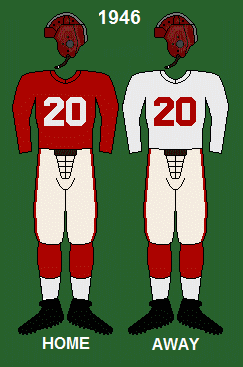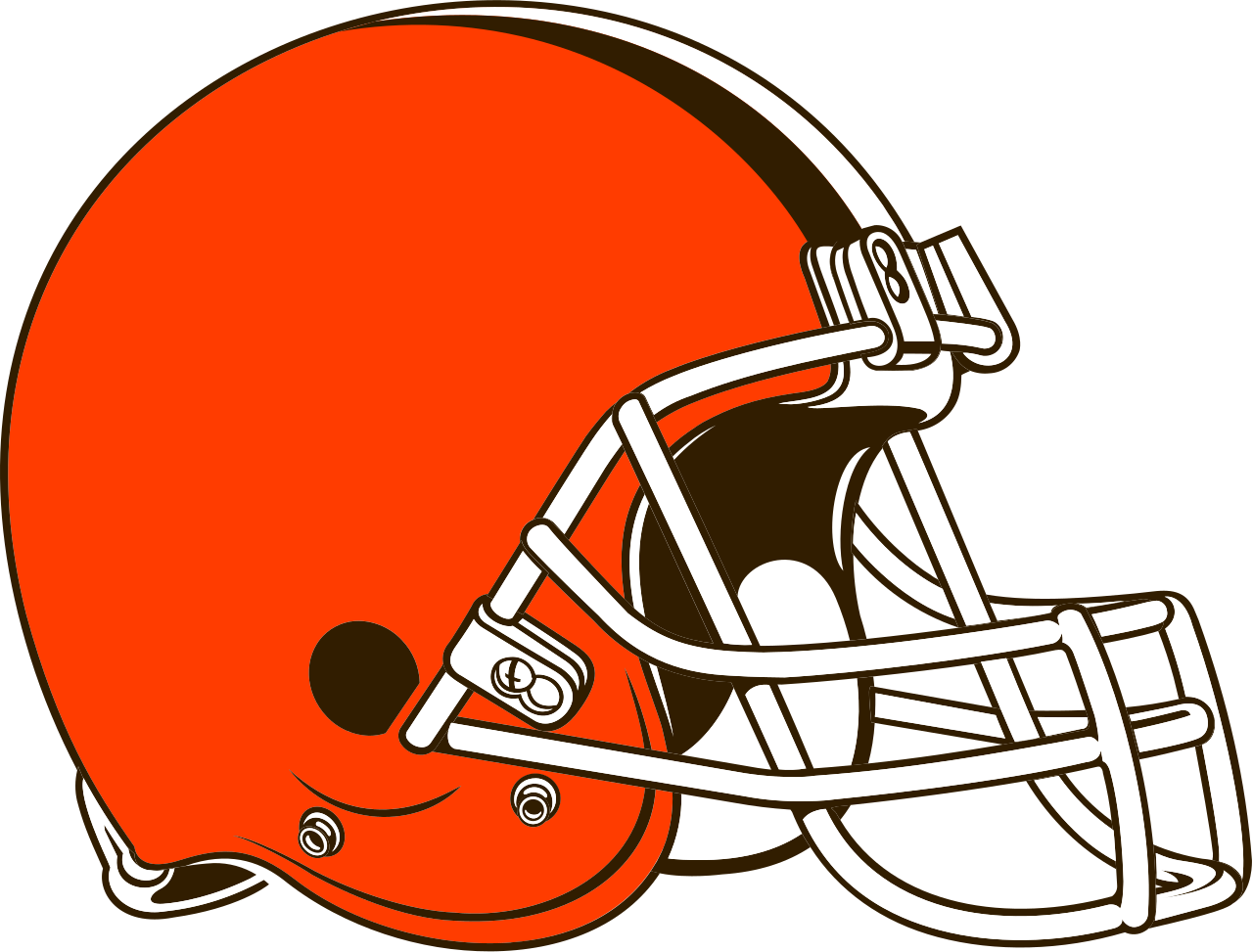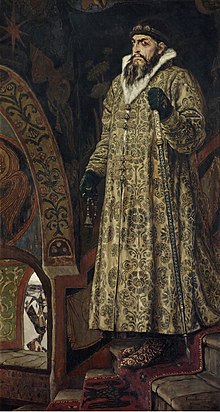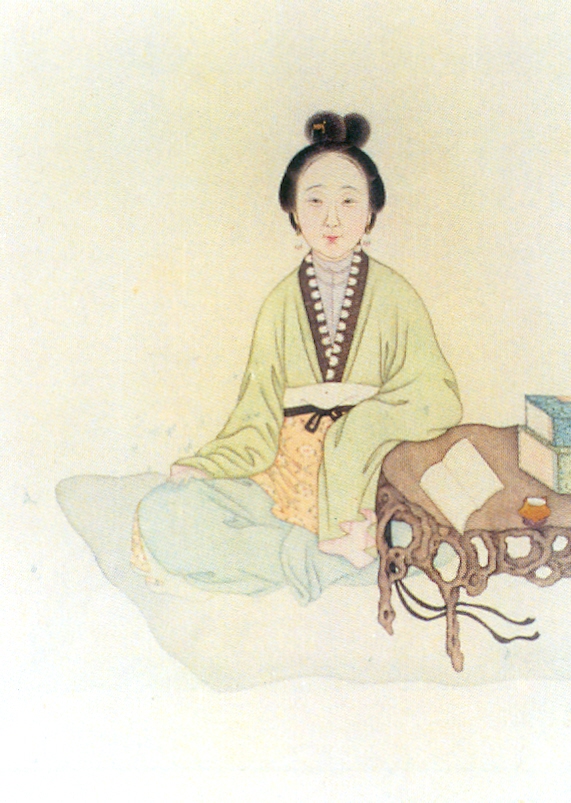The All-America Football Conference (AAFC) was a professional football league that challenged the established NFL from 1946 to 1949. It lost that challenge and folded. But hey, valiant effort and everything. At least it was good enough so that three of its teams would be admitted into the NFL in 1950 after its collapse, two of which still exist to this day.
These nine(ish) teams will be ranked according to a few factors, such as how cool or dumb their name is, how good their team actually was (i.e. overall winning percentage), how long the team was able to last (the league only lasted four years, and yet some of the teams didn't even last that long), and any particular enduring "legacy" the team has left.
9. Brooklyn Dodgers (1946–48)
First off - terrible and lazy team name. You're just going to name yourselves after an already existing baseball team? They even played on the same field (Ebbets). Why not try to be a little original? It wasn't even original at being unoriginal - as there was already a failed 1930-1943 NFL team called the Brooklyn Dodgers. At least Detroit is clever enough to have teams named both "Tigers" and "Lions." Oh yeah, and this team was also awful. I mean, like, REALLY awful. After three years, the team folded with a record of 8 wins, 32 losses, and 2 ties (a .200 winning percentage). That mediocrity led to it being merged into an existing rival New York team (also with a terrible and lazy name, you'll see below) for the final 1949 season. At least that other terribly-named team could win games though.
8. Miami Seahawks (1946)
 |
| Caw caw! I think this is an egg. |
The Miami Seahawks only lasted one single year in the league before folding, finishing at 3 wins and 11 losses (.214). That's only a slightly better record than the Brooklyn Dodgers who lasted three years and at least had managed a whole whopping 8 wins. Shouldn't being cancelled after one single year mean you're ranked last? Perhaps, but on this occasion we can give the Seahawks a little credit as the following year the team reformed in Baltimore as a new team. The name is also pretty cool, being named after the Iowa State Pre-Flight Seahawks football team (a US Navy-commissioned cadet school which existed during World War II). Why? Because it hired the head coach from the Iowa State Pre-Flight Seahawks Team, Jack Meagher, to be their coach. I guess Meagher was just too lazy to learn a new team name. This isn't the same Seahawks franchise which exists today, but it did inspire the name. So at least it has a lasting and memorable legacy in that regard.
7. Chicago Rockets (1946–48); Chicago Hornets (1949)
Okay, both of the team names were sort of cool, so I'm not sure why they needed to change the name. Rockets are much cooler than Hornets. Despite the name change, the franchise existed for the entire four seasons of the AAFC. It was a bad team though. It was just fail after fail after fail for Chicago. The owner of the team didn't even want to own them. He wanted to own the MLB White Sox, but his offer got rejected. So instead he started an AAFC team in an already football-saturated city (the NFL had both the Chicago Bears AND the Chicago Cardinals at the time). That was a fail. He tried to hire away big names from the NFL Chicago teams. He failed. The final record after four seasons was 11 wins, 10 losses, and 3 ties (.216) - the worst of any team which existed for all four seasons. After the AAFC dissolved in 1950, the team left no legacy in professional football (unlike the Seahawks). I guess the NBA really liked these team names though.
6. Los Angeles Dons (1946–49)
 |
| Literally the best pic I can find. |
At last - we have a team that lasted all four years of the league with no name-changes, mergers, moves or anything. Unfortunately, this is the absolutely worst named team in the league. The Dons? I'm not sure what or who they are named after. Most likely it was after the honorific title of Don in Italia-Spanish cultures. Perhaps it was after one of their owners, actor Don Ameche. Then again, their owners were a Hollywood super group of famous LA figures, also including Bob Hope, Bing Crosby, and Louis B. Mayer (if that final name isn't that familiar to you, "Mayer" is the second "M" in MGM studios). So why the hell would they name the team after the freaking vaudeville actor from freaking
That Night in Rio? Okay, it was probably the honorific thing. Their winning rate over the years (25 wins, 27 loses, 2 ties,
i.e. .481) was a lot better than the teams above, but still nothing to write home about since they only had one winning season (their first in 1946) and never qualified for the AAFC playoffs. What legacy to they have? Almost none. Technically, they beat the Rams to be the first professional football team to play in Los Angeles, although they only beat the Rams by two weeks.
5. Buffalo Bisons (1946); Buffalo Bills (1947–49)
Okay, first off all the word "Bison" is already plural, so the word "Bisons" doesn't exist. I guess they figured that out after a year and renamed themselves the Bills. "OH SHIT!
The Buffalo Bills?!," you're probably saying now.
No. They're not. This was a different Buffalo Bills and when the league folded these were not the Buffalo Bills who would play in the NFL (that team wouldn't play until the 1960 season). The rename presumably meant they were named after western showman Buffalo Bill Cody, and the name was popular enough to leave a legacy and have an NFL team steal it. Too bad their original year they went with Buffalo Bisons instead of Buffalo Buffalo, which would have been so much cooler. Or better yet, they could have been the
Buffalo buffalo Buffalo buffalo buffalo buffalo Buffalo buffalo. What was their overall record? 23 wins, 26 losses, and 5 ties (.469). Not as good as the Dons, but a cooler name that would inspire a much better team is worth something. Oh yeah, they also went to the AAFC Championship game in 1948!
4. New York Yankees (1946–48); Brooklyn/New York Yankees (1949)
Yep, another New York team that put zero thought into naming its team and just gave it the same name as the much more famous baseball team that had already won 10 World Series titled by the time 1946 rolled along. Did naming the football team after a good baseball team rub off on it and give it good luck? Sort of! Their first two years they had great records and went to the Championship game both times. Their third year they had more losses than wins for the only time before recovering and having a solid fourth and final year and returning to the playoffs. They finished off with a total record (combining the two franchises) of 35 wins, 17 losses, and 2 ties (.675), with nearly half of those losses all from their 1948 season. For their fourth and final year, the sucky and last-on-this-ranking Brooklyn Dodgers folded and merged into the New York Yankees, meaning their last year they played as the "Brooklyn/New York Yankees," which is silly because Brooklyn is already part of New York so that name change is redundant. The New York Yankees were one of the best teams in the league, so when it folded in 1950 and the NFL was thinking of sucking up AAFC teams - did it pick the Yankees? Nope! Instead the NFL took one of its existing teams, The New York Bulldogs and renamed them the New York Yanks (although the Bulldogs had previously been known as the Yanks when they played in Boston...imagine that..."Yanks" fans in Boston!). The AAFC version of the Yankees therefore faded into oblivion.
3. Baltimore Colts (1947–49)
.png) |
| I'm digging this jumpy horse logo. |
Remember how I mentioned that the Miami Seahawks folded after one season and were reborn in Baltimore. Well, this is the team they were reborn as - the Baltimore Colts. So...are these the same Baltimore Colts who played in the NFL? Well, yes and no. They did, but they're not the Baltimore Colts that you're thinking of. The Colts and the two teams below were the only three teams given life after the death of the AAFC. But they squandered it and went 1-11 in the NFL in 1950 before being cancelled. The Baltimore Colts that you're thinking of stole the name of these Colts and was established three years later in 1953 (before jumping town to Indianapolis in the middle of the night in 1984). Anyway, this version of the Colts in the AAFC had three pretty rough years where they had 10 wins, 29 losses, and 1 tie (.256). That's obviously not great, but they did have a great name, somehow made the leap to the NFL, and inspired yet another NFL team. So yeah, there is a legacy there despite their mediocrity.
2. San Francisco 49ers (1946–49)
 |
| Oh look, a .gif! Fancy. |
No tricks or confusing things here. This is absolutely the same San Francisco 49ers you're thinking of and which still exists in the NFL to this day. The name is dumb though. How relevant was the California gold rush of 1849 in 1946 when this team was established? The 49ers are arguably the biggest success story out of the entire AAFC, if you look at things in the long-term after the collapse of the league. These guys were a charter member of the AAFC, the first professional sports franchise (OF ANY SPORT!) based in San Francisco, and kicked ass in all four years in the league. They wound up 38 wins, 14 losses and 2 ties (.717) when it was all said and done - more than enough for the NFL to salivate at merging them into their league in 1950, and realigning the previous Eastern and Western NFL Conferences into the American and National Conferences (the latter of which took the 49ers). In the NFL, they'd go on to win 5 Superb Owls, 6 Conference Championships, and 19 Division Championships. They're clearly the best team to come out of the AAFC. But within the AAFC, which this whole ranking is about, they never quite reached the top. They were always second best - to the team which won the AAFC Championship every single year that the league existed. To that powerhouse juggernaut of a team with an insane .922 winning percentage and which only averaged one loss per year. You know what powerhouse football franchise I'm talking about, don't you? Yeah, it's the Cleveland Browns! Hahahaha...wait...WHAT?!
1. Cleveland Browns (1946–49)
 |
| The Browns, whose color is orange. Obviously. |
As I already stated above, the Browns were the dominant force of the All-America Football Conference. They existed for every year of the AAFC and won the Championship game every single year (beating the Yankees for the championship the first two years, the Bills in year three, and the 49ers in the final year). Their final record was an incredible 47 wins, 4 losses, and 3 ties. Holy Shitcakes that's good! It was a no-brainer that when the NFL absorbed the Cleveland Browns that they would take this team and add it into the league (in this case, into the American Conference). The Browns are obviously the greatest and #1 AAFC team of all time (all time being a somewhat short four seasons, of course). Alas, their legacy
after the AAFC isn't quite what the 49ers would have. What the hell happened here? Things started off pretty damn well in the NFL. In 1950, their first year in the NFL, they won the NFL Championship there too, beating the LA Rams and proving that they could simply knock the living shit out of any team in any league. They wouldn't be
quite as dominant in the NFL, but they would go on to win again in 1954, 1955, and 1964 (and also make the Championship game but lose in 1951, 1952, 1953, 1957, and 1965). That means they appeared in NFL Championship 9 out of 16 times between joining the NFL, in 1950, and 1965. Then 1966 happened, which began the era of the Superbowl. It was all downhill from there. They even vanished from existence between 1996 and 1998 (well, in reality they became the Baltimore Ravens because the owner, entire staff, and team all moved to Baltimore - but the Ravens had to pretend to call themselves an "expansion team" and leave the name and rights to the Browns in Cleveland). When the new Browns began in 1999, the mediocrity of the Browns' time in the NFL continued. Ah, how these guys must wish they were back in the good ol' AAFC!


.jpg/673px-Ivan_the_Terrible_and_the_souls_of_his_victums_by_M.P.Klodt_(detail).jpg)









.png)


.png)

